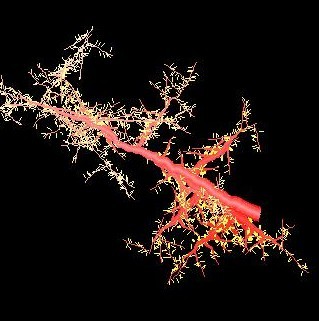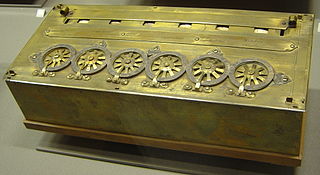Hey TCJ
look at the

the tree looks like a fractal
As one illustration, trees, ferns, cells of the nervous system,[17] blood and lung vasculature,[32] and other branching patterns in nature can be modeled on a computer by using recursive algorithms and L-systems techniques.[17] The recursive nature of some patterns is obvious in certain examples—a branch from a tree or a frond from a fern is a miniature replica of the whole: not identical, but similar in nature
The connection between fractals and leaves, for instance, is currently being used to determine how much carbon is contained in trees.

this is a Karperien fractal Branch
Examples of phenomena known or anticipated to have fractal features are listed below:
clouds
river networks
fault lines
mountain ranges
craters
lightning bolts
Romanesco broccoli
coastlines
snow flakes
various vegetables (cauliflower and broccoli)
animal coloration patterns.
heart rates
heartbeat
earthquakes
snow flakes
crystals]
blood vessels and pulmonary vessels,
ocean waves
DNA
DNA seems a very interesting one when you think of Bloodlines
Paschal pyramid...triangle

Blaise Pascal
was a French mathematician, physicist, inventor, writer and Catholic philosopher. He was a child prodigy who was educated by his father, a tax collector in Rouen
In 1646, he and his sister Jacqueline identified with the religious movement within Catholicism known by its detractors as Jansenism
His father died in 1651. Following a mystical experience in late 1654, he had his "second conversion", abandoned his scientific work, and devoted himself to philosophy and theology. His two most famous works date from this period: the Lettres provinciales and the Pensées, the former set in the conflict between Jansenists and Jesuits. In this year, he also wrote an important treatise on the arithmetical triangle.
Pascals calculator

Blaise Pascal invented the mechanical calculator in 1642

